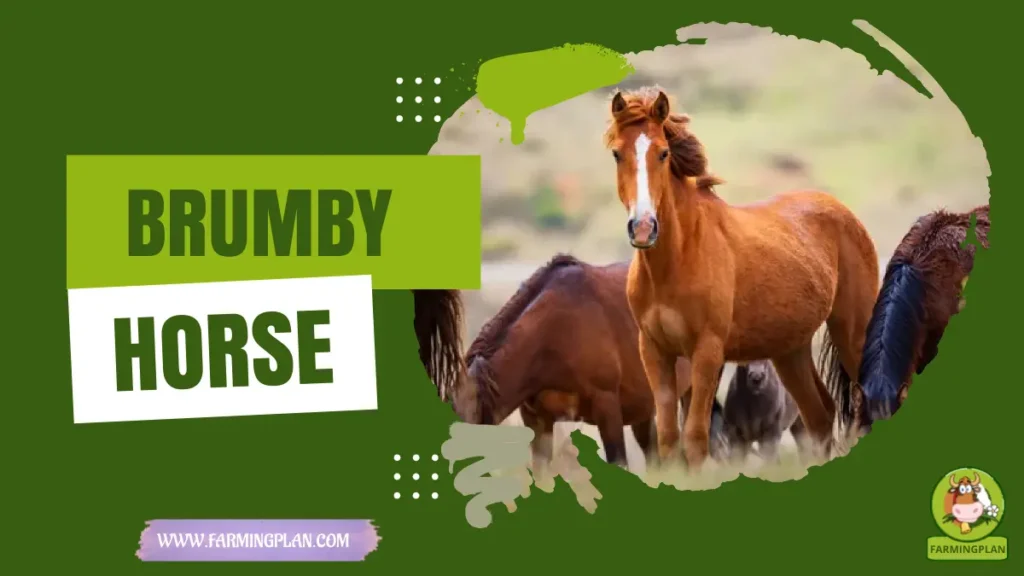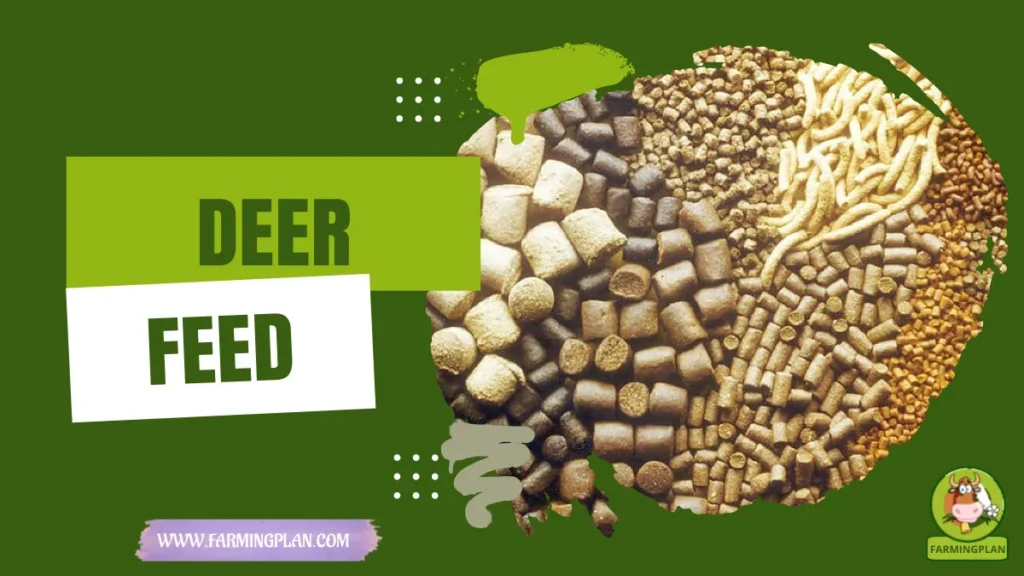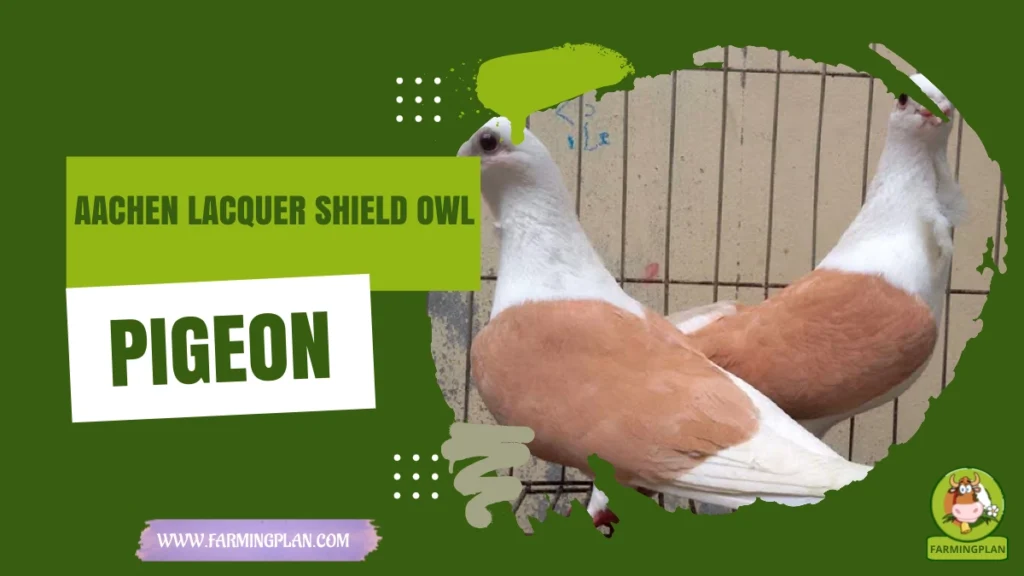If you’ve ever dreamed of galloping across the Aussie outback with the wind in your hair and a wild horse by your side, then let me introduce you to the Brumby horse. These iconic feral horses roam free across Australia’s rugged landscapes, especially in places like Kosciuszko National Park and the Australian Alps. I’ve worked with Brumbies for years, and let me tell you—they’re more than just wild horses. The Brumby horse has a story full of survival, spirit, and heritage. In this guide, I’ll walk you through their history, traits, care needs, and more. Whether you’re a farmer, a pet owner, or just a curious horse lover, there’s something magical about these wild beauties.

History & Origin of the Brumby Horse
Brumby Horse trace their roots back to the horses brought to Australia by British settlers in the late 1700s. These early horses included tough breeds like the Arabian horse and the now-famous Australian Stock Horses. Some horses escaped or were set free and began breeding in the wild, especially in remote regions like the Snowy Mountains and Northern Territory. Over time, the Brumby population grew into a powerful symbol of Australia’s untamed wilderness. They’ve even earned a spot in national pride thanks to legends like The Man from Snowy River and the poetry of Banjo Paterson.
The name “Brumby” itself has uncertain origins—some say it came from James Brumby, an early settler who released horses into the wild. Today, these horses live mostly in national parks, including Oxley Wild Rivers National Park. Conservation and feral horse management plans now try to balance protecting native ecosystems with preserving this living symbol of Aussie grit.
Brumby Horse Characteristics
Brumby Horse come in all shapes and colors, which makes sense considering their mixed heritage. You’ll see them in shades like chestnut, bay, grey, and black. Most Brumby horses are medium-sized, standing around 14 to 15 hands high—though some grow a bit taller. They’re known for being sturdy, sure-footed, and incredibly adaptable. That’s why they thrive in rough terrain like the Australian Alps. Their hooves are rock-hard from trekking across rocky hills and dry plains.
Unlike highly bred show horses, Brumbies rely on natural selection. Only the strongest survive and breed in the wild. Even when rehomed, Brumbies keep their hardy traits. I’ve seen them do just as well in paddocks as they do in open ranges—with the right care, of course.
Read More: Mustang Horse: Unleashing the Untamed Spirit of Freedom and Strength
Brumby Temperament and Nature
So, are Brumby Horse wild and unpredictable? Well, yes and no. Untouched Brumbies are wary of humans—and rightfully so. But once you gain their trust, they’re loyal and smart. I’ve worked with Brumbies that went from wild-eyed to completely calm therapy horses in under a year. Their natural temperament is alert, quick-thinking, and independent. These are horses built to survive. That said, they’re not always the best choice for first-time horse owners. They need patient, consistent training and someone who understands natural horsemanship techniques. Give them time, though, and they’ll become some of the most devoted companions you’ll ever meet.
What Brumby Horses Eat
In the wild, Brumbies graze on native grasses, shrubs, and whatever they can find. They’ve adapted to forage efficiently, even in harsh conditions. But once you bring one home, their diet needs more structure. I feed my rehomed Brumbies a diet of good-quality hay, some low-sugar grains, and mineral supplements. Clean water is a must—and lots of it. Avoid rich feeds or too many treats, as they can cause digestive issues. It’s also smart to mimic their natural eating habits by allowing them to graze in safe paddocks.
Brumby Horse Uses & Purpose
You might be surprised by how versatile Brumbies are. I’ve seen them in trail riding, working cattle, even horse shows. They’re also used as therapy horses because of their calm, attentive personalities once tamed. Events like the Brumby Week and Man from Snowy River Bush Festival showcase just how talented these horses can be. Some even go on to become part of mounted ranger units or join rehoming programs that place them with loving families. There’s a growing demand for Brumby horses for sale, especially from people who want a hardy, low-maintenance partner.
Read More: Forest Pony Horse Care – Easy Steps For Happy Ponies
Unique Features of the Brumby Horse
What makes a Brumby stand out? For one, their resilience is unmatched. They survive in the toughest parts of Australia—from the Snowy Mountains to desert fringes. Brumbies also have a high level of intelligence. You’ll notice they learn quickly, especially once they start trusting you. Their hooves are strong enough to rarely need shoes, and their instincts make them great at navigating trails. Many people also admire their heritage. Brumbies are a true feral horse breed, with ties to the very foundation horses that helped build Australia’s rural industries.
Health Issues & Preventative Care
Wild Brumbies face natural threats like drought, injury, and poor nutrition. When rehomed, they may have parasites or hoof issues, so always get a full vet check first. Prevention is your best friend. I stick to regular vaccinations, deworming, and farrier visits. Watch out for signs of laminitis or colic, especially in Brumbies adjusting to richer diets. Groups like the Australian Brumby Horse Register and Outback Heritage Horse Association offer support and care guides. They also connect new owners with trainers and vets who understand Brumby-specific needs
Brumby Horses Don’t Just Run Wild—They Run Free With Heart.
Step-by-Step Brumby Horse Owner Care Guide
Want to raise a happy, healthy Brumby horse? This step-by-step owner care guide shows you how to build trust, provide proper shelter, create feeding routines, and more. It’s your go-to checklist for turning a wild spirit into a loyal companion.
Step 1: Set Up A Safe, Spacious Home
Brumbies need freedom to roam. Start with a large paddock enclosed by high, secure fencing—think 5 feet or taller. These horses are smart and athletic, and trust me, if there’s a weak spot, they’ll find it. Natural barriers like tree lines or ditches help, and it’s best to provide access to a basic shelter—anything that offers shade in summer and wind cover in winter. Keep the water supply clean and flowing. I also use slow-feeder hay nets and rotate grazing areas to mimic how they forage in the wild. Space and comfort come first—it sets the tone for everything else.
Step 2: Build Trust Through Handling
Trust doesn’t happen overnight, especially with a feral horse. I always start with just being near them—no touching, no pressure, just existing together. Then, I move on to light body language work, using calming cues to ease tension. Start halter training gently and reward even the smallest progress. Brumbies respond best to patience, not pressure. I keep sessions under 20 minutes and focus on calmness. The bond you form in these early stages will shape every interaction going forward.
Step 3: Schedule Vet Care Early
A new Brumby should meet the vet within the first week. Get a full examination: teeth, hooves, skin, and internal parasites. Brumbies straight from the wild often carry ticks or show signs of previous injuries. After that, set up a care routine—vaccines, hoof trimming, deworming. I track everything in a simple care log so I know what’s due and when. Establishing this medical routine helps them adapt to domestic life and stay healthy long term.
Step 4: Create A Balanced Feeding Routine
A Brumby’s diet should start simple. Good-quality pasture or hay should make up most of it. I always introduce grain slowly and avoid feeds with high sugar or starch. Give them constant access to clean water and salt or mineral licks. Feeding on a regular schedule helps them feel secure, and it also mimics their grazing pattern in the wild. I suggest small meals spread out across the day instead of big servings.
Step 5: Start Training and Daily Exercise
Once the basics are in place, start incorporating light exercise. Early on, I stick to walking exercises and play-based groundwork like yielding and leading. Let them burn energy while building body awareness. After building trust and confidence, you can introduce saddle training. Always go slow—step-by-step. If you’re new to training horses, please work with a trainer who has experience with feral or green horses. Physical activity isn’t just for fitness—it’s a key part of bonding and mental health for Brumbies.
Read More: Essential Camargue Horse Care: Step-by-Step Farming Guide
Expert Tips & Best Practices for Brumby Owners
- Patience builds the strongest bonds.
- Use quiet time to observe body language.
- Stick to consistent routines—Brumbies love structure.
- Introduce new things slowly, whether it’s gear or people.
- Join local horse clubs or events to learn from others.
- Document progress with photos or a journal.
- “Start With Patience, Stick With Kindness, End With Trust.”
FAQ
What’s the difference between a Brumby and a Mustang?
Brumbies are Australian feral horses, while Mustangs are American. Both are wild, but they evolved in different environments.
Are Brumbies safe to ride?
Yes, once properly trained. Many rehomed Brumbies become calm, responsive riding horses.
Can I adopt a Brumby horse?
Absolutely. Several rehoming groups and national parks offer Brumbies for adoption.
Where are Brumbies mostly found?
You’ll find them in places like Kosciuszko National Park, the Snowy Mountains, and parts of Queensland and Northern Territory.
Do Brumbies need different care than regular horses?
They do need a slow transition into domestic life, but once settled, their care is similar to other horses.
Conclusion
Brumby horses aren’t just wild creatures—they’re symbols of survival, spirit, and untamed beauty. From their rugged roots to their surprising calmness in a paddock, these horses teach us patience and respect. If you’re thinking of rehoming one, take your time and learn their ways. In return, you’ll get a partner that’s loyal, strong, and a little bit magical. There’s nothing quite like watching a Brumby run free—or better yet, gallop beside you.


